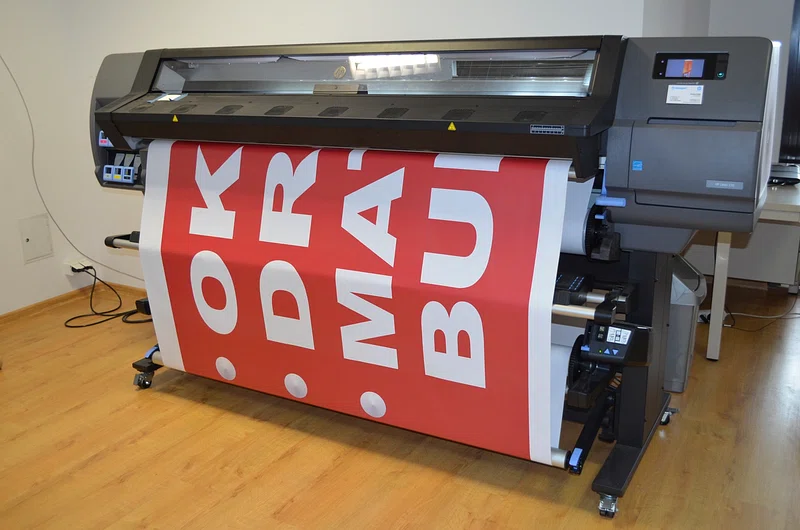Many artists are transforming their work into profit through print on demand.
Many artists are transforming their work into profit through print on demand.
Blog Article
Comprehending How Digital Printing Transforms the Printing Market
The printing market, long soaked in traditional techniques, is undertaking a radical improvement with the arrival of digital printing. This ingenious modern technology, which eschews the requirement for publishing plates, makes it possible for rapid production and personalization, improving the landscape of print communication. With its prospective to stimulate involvement through customized material and to supply sustainable services, it's clear that digital printing is even more than a technological development; it's a crucial video game changer. But exactly how precisely does it reinvent the sector? Let's check out.
The Evolution of Digital Printing: A Brief Overview
Since its inception, electronic printing has actually gone through considerable changes, continually revolutionizing the printing industry. Its advancement began with the advancement of xerography in the mid-20th century, a process which laid the groundwork for laser printers. With the advent of the 90s, electronic printing modern technology started to develop, and the industry witnessed the introduction of direct imaging presses, which eliminated the need for printing plates. As the new millennium unfolded, advancements in technology further stimulated the development of electronic printing, causing the development of high-speed inkjet printers. These devices offered superior quality and rate, for life changing the landscape of the industry. Today, electronic printing stands as a testimony to human development, constantly developing to satisfy the ever-changing needs of the modern world.

Unloading the Innovation Behind Digital Printing
Exploring the complexities of digital printing modern technology, one comes across a rich tapestry of innovative machinery and complex formulas. At the heart of this process lies an electronic image, which is refined by software application that divides it into a grid of dots. These dots are after that exchanged an electronic code. This code is analyzed by the printer, which visit site uses it to precisely transfer beads of ink onto the substrate. The beads are so small and specific that they produce a photo that is essentially identical from the original. This elaborate system, reinforced by sophisticated software application and high-resolution imaging, has changed the landscape of the printing market, leading the way for extraordinary levels of detail and precision.

The Advantages of Digital Printing for Businesses
Comprehending the modern technology behind electronic printing offers a clear picture of its precision and information. Electronic printing is environmentally friendly, making use of much less ink and creating less waste. The full possibility of electronic printing is recognized when utilized for customization and personalization, a subject that will certainly be covered in depth in the next area.
The Duty of Digital Printing in Modification and Personalization
While conventional printing methods have problem with modification and personalization, digital printing excels in these locations. It permits for the simple alteration of layouts, without the requirement for costly and time-consuming plate adjustments (print on demand). This allows companies to customize items to individual consumers, meeting specific demands and improving customer satisfaction
Digital printing additionally enables variable information printing, her response where elements such as text, graphics, and photos may be altered from one printed piece to the following, without decreasing the printing process. This is specifically useful for straight marketing projects, where personalized messaging can substantially boost reaction prices. This way, digital printing not only changes the printing industry however additionally changes the way services connect with their customers.
Evaluating the Ecological Impact of Digital Printing
Although electronic printing has actually been admired for its duty in customization and personalization, it is critical to examine its environmental effect. Digital printing can be much less inefficient than traditional methods, because it runs on a 'print on need' basis, eliminating the requirement for large print runs that can result in surplus and waste. Additionally, it uses fewer chemicals and creates less unstable organic compounds (VOCs) compared to balance out printing. Nevertheless, the power usage of digital printers can be high, resulting in boosted carbon footprint. The usage of non-recyclable printing parts and the obstacle of e-waste administration position considerable environmental concerns. While electronic printing has many advantages, its ecological effect should be diligently managed.
Verdict
In final thought, electronic printing has transformed the check my blog printing sector, using quick, affordable, and high-quality services - print on demand. Recognizing these changes is important for organizations to take advantage of the advantages of digital printing successfully.
Report this page